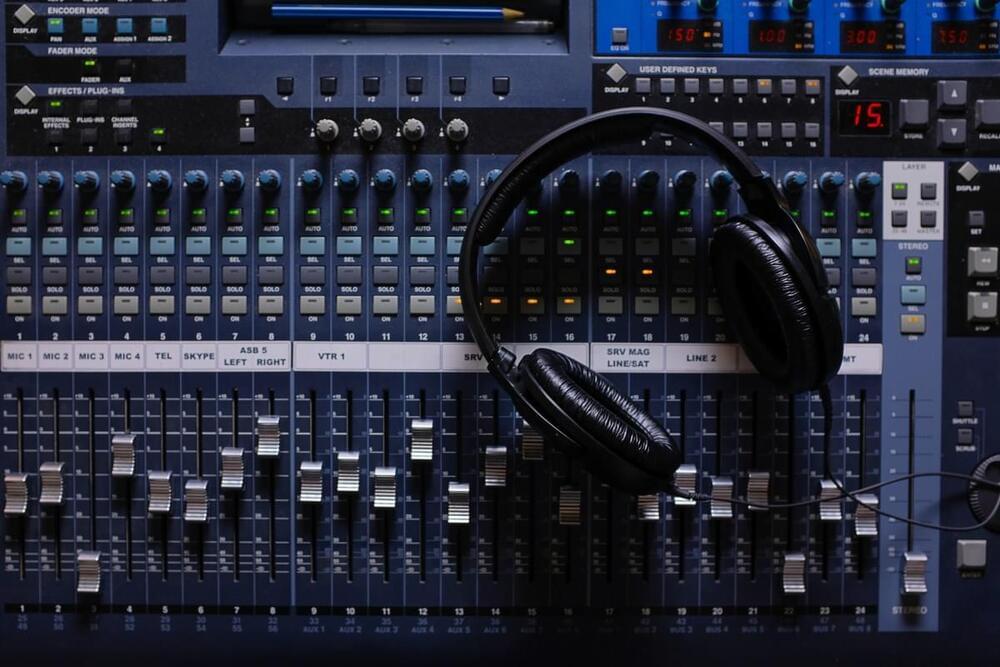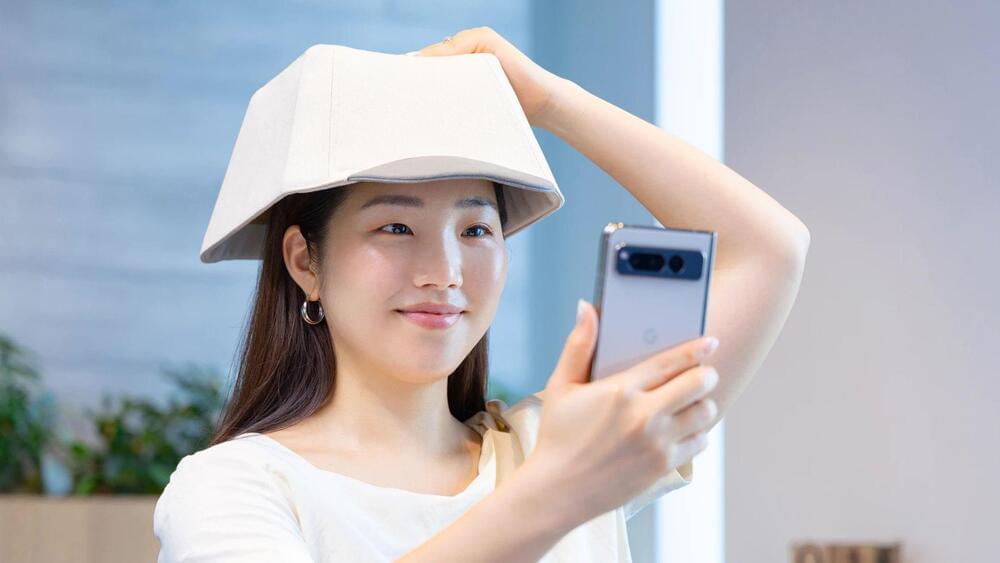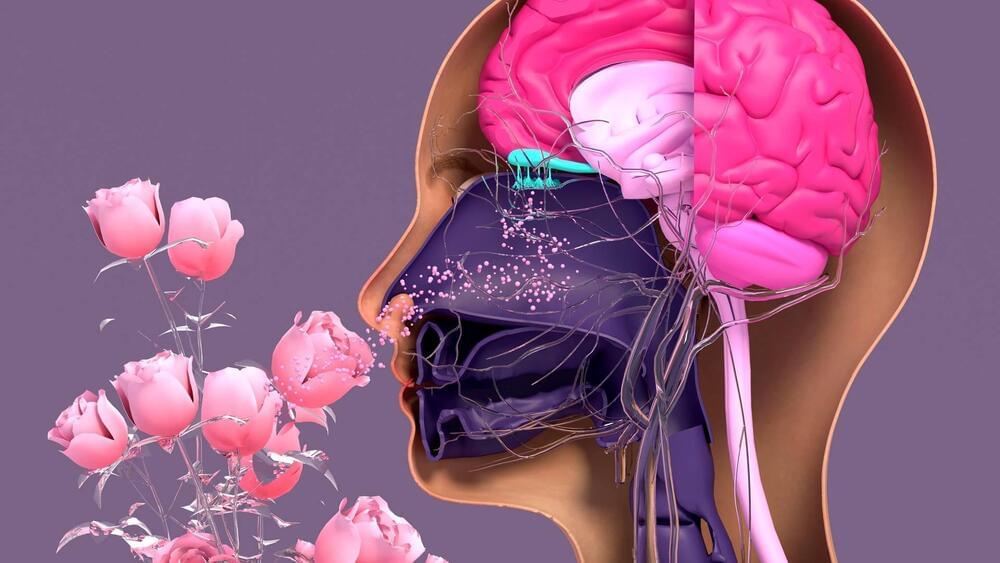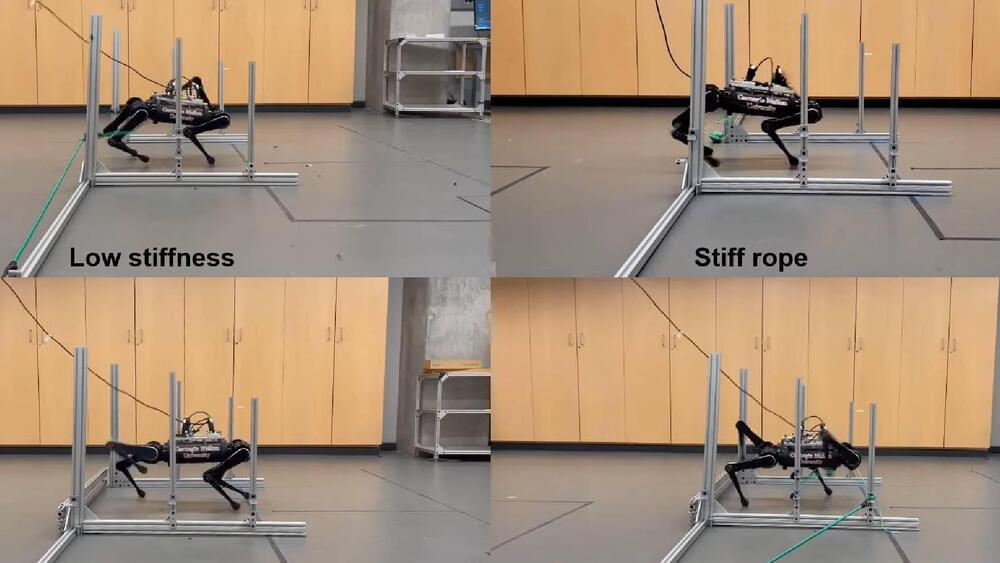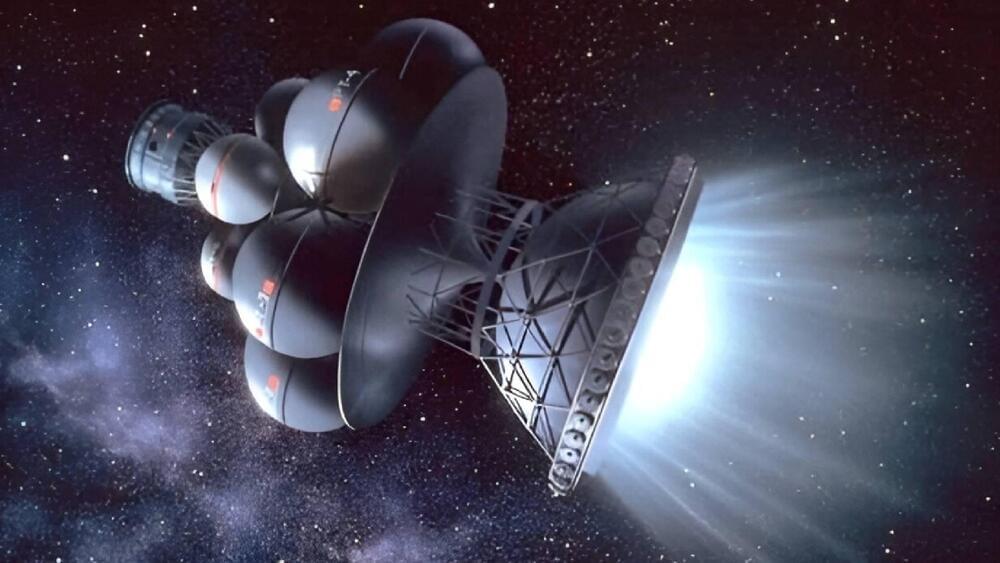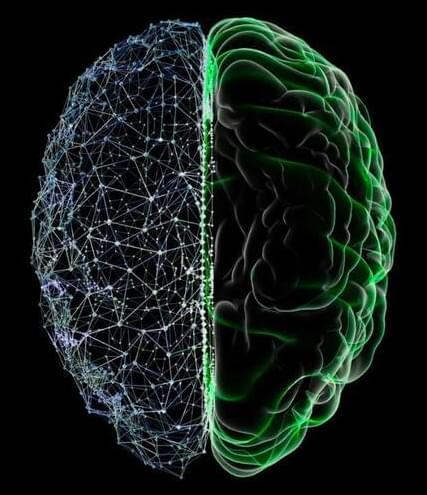As creative industries grapple with AI’s explosion into every artistic medium at once, separate calls from artists warning the world to take action before it’s too late are starting to converge. From fake Drake songs to stylized Instagram profile pictures, art conjured with newly sophisticated AI tools is suddenly ubiquitous — and so are conversations about how to rein in the technology before it does irrevocable harm to creative communities.
This week, digital rights organization Fight for the Future partnered with music industry labor group United Musicians and Allied Workers to launch #AIdayofaction, a campaign that calls on Congress to block corporations from obtaining copyrights on music and other art made with AI.
The idea is that by preventing industry behemoths like major record labels, for example, from copyrighting music made with the assistance of AI, those companies will be forced to keep looping humans into the creative process. But those same concerns — and the same potential strategies for pushing back against the onslaught of AI — exist across creative industries.
